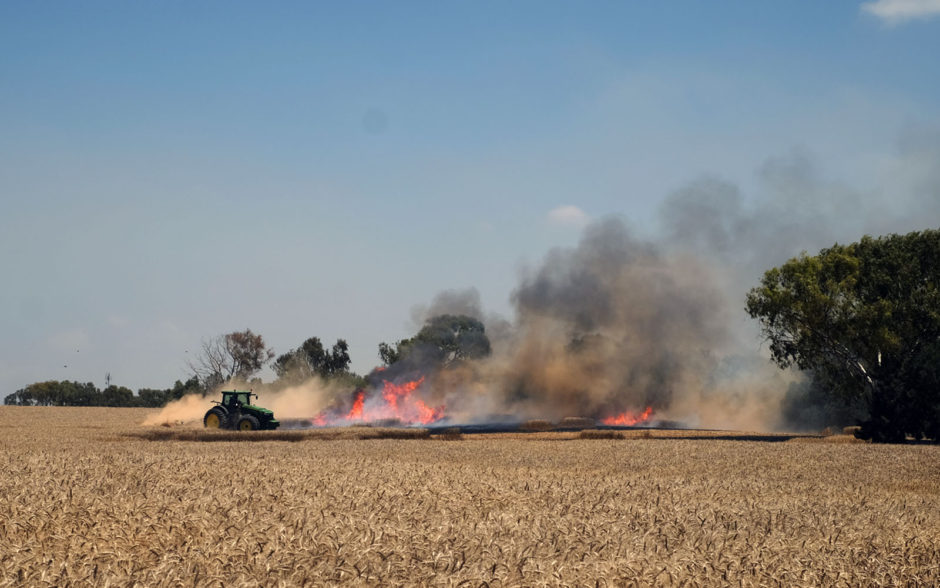For about the past two months, the Palestinians of the Gaza Strip have turned to a new yet primitive weapon, incendiary kites, to harass and harm neighboring Israel.
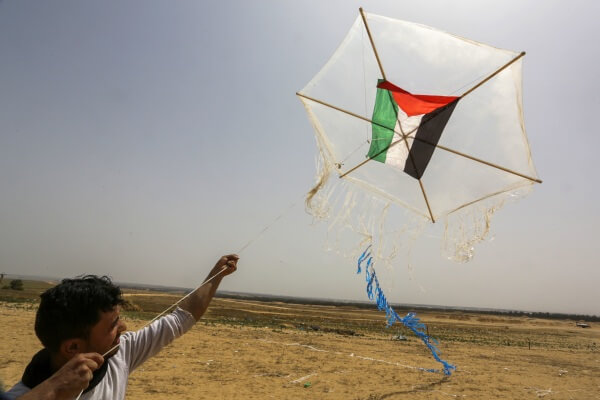
Comparatively small in size, cobbled together with transparent plastic wrapping and carrying flammable materials, they set fire to nearby agricultural fields, grasslands, and nature reserves.
By Israeli Defence Minister Avigdor Liberman’s count, 600 kits and balloons dressed up as Molotov cocktails have been launched since the first Palestinian March of Return on March 30. They’ve caused more than 250 fires, burning about 4,400 acres, or seven square miles of land, and playing havoc with local wildlife.
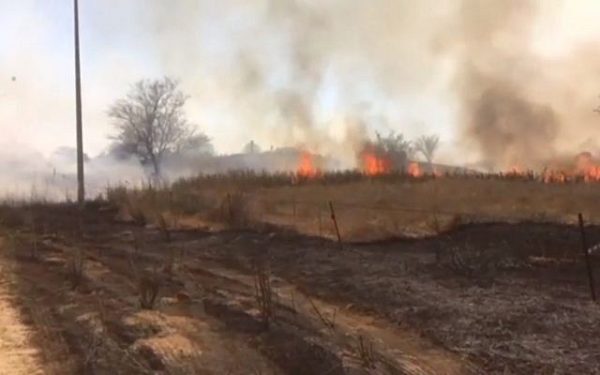
Palestinian protesters sent dozens of incendiary kites and balloons into Israeli territory yesterday and today, touching off more wild fires.
This environmental terrorism — which has scorched the fields of border communities such as Nir Am, Be’eri, Kissufim, Ein Hashlosha and Or Haner and closed a major road in the area — is gaining popularity because it works.
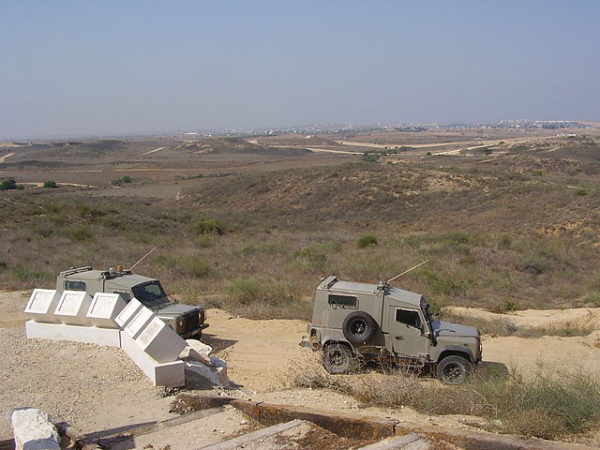
It’s unclear whether Hamas, the sole governing authority in Gaza, initiated this arson tactic. But now that kite flying, a traditional Palestinian pastime, has been weaponized and converted it into a means of spreading terror in Israel, Hamas is only too glad to exploit it to its fullest capacity.
According to Liberman, 400 kites and balloons have been intercepted and destroyed so far, the majority having been downed by drones, but Israel has yet to devise reliable counter-measures to thwart these attacks.
In the meantime, Israel is coping with the after-effects of this new and unexpected threat by means of a rapid response from farmers and firefighters.
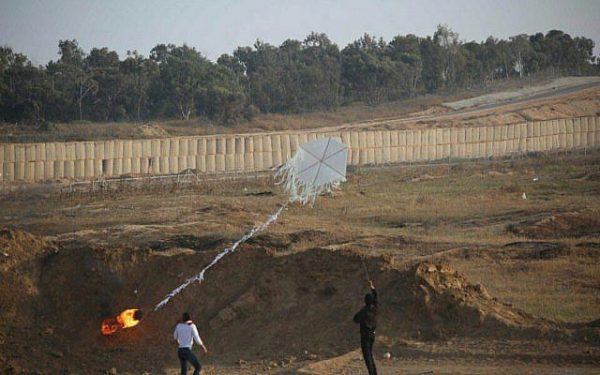
That the Palestinians have resorted to the airborne firebomb is hardly surprising. All their other methods of terrorizing Israelis have been more or less neutralized by Israel, a high-tech superpower.
Cross-border guerrilla attacks have been blocked by an electronic fence and more frequent army patrols. Qassam rockets, fielded by Hamas starting in the second year of the second Palestinian uprising, have been shot down with increasing frequency by the Iron Dome defence system. Suicide bombers have been stopped by the construction of a security barrier. Attack tunnels, regarded as a real menace during the 2014 Gaza war, are being systematically located and obiliterated. Peaceful marches, which have degenerated into violent manifestations of rage, have been met by force by Israel, resulting in the deaths of 124 Palestinians since March.
While Israel is working hard to deal effectively with the phenomenon of incendiary kites and balloons, it is also threatening to retaliate.
“We will settle accounts with Hamas, Islamic Jihad and the rest of the terrorists operating against us from the Gaza Strip,” Liberman warned several days ago.
Public Security Minister Gilad Erdan has recommended that Palestinians launching kites and balloons should be assassinated. “The fact that Hamas is enabling … the sending of kites means we must return to targeted assassinations,” he said, referring to the period during the second intifada when Israel killed scores of Hamas operatives. “The kite launchers and Hamas commanders should be targeted for killing.”

It’s unclear whether Prime Minister Benjamin Netanyahu agrees with Erdan. But on June 4, he instructed his national security adviser, Meir Ben-Shabbat, to inform the Palestinian Authority that it would be held responsible for damages caused by the flaming kites from Gaza.
From this point forward, he said, Israel may use Palestinian Authority tax revenues it collects to compensate Israeli farmers whose fields have been damaged by aerial arson attacks. But since the Palestinian Authority has not ruled Gaza for the past 11 years, one can only wonder why Israel is considering penalizing it for terrorism aided and abetted by Hamas.
